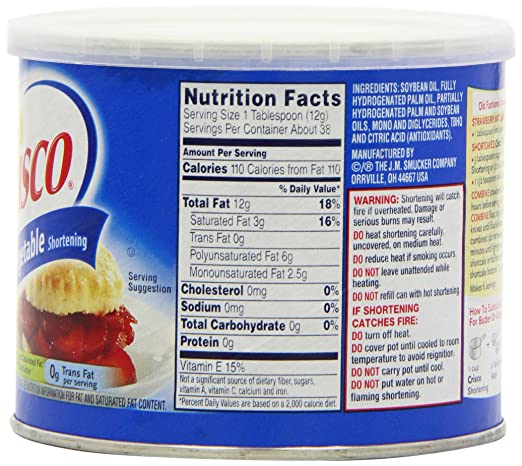shmaria
Active Member
Hi,
I'm from Bangalore India, and recently had a chance to visit a rural oil mill where they produce cold pressed castor oil. I was shown another oil that the local villagers and tribals supposedly use in soapmaking and is also supposed to be great for the hair. It's made from the seeds of the Mahua tree (https://en.wikipedia.org/wiki/Madhuca_longifolia), and does not exist on any soap/lye calculator that I've seen.
Any suggestions on how to use this oil? I'd like to make a shampoo bar, but have no idea about lye calculations.
I'm from Bangalore India, and recently had a chance to visit a rural oil mill where they produce cold pressed castor oil. I was shown another oil that the local villagers and tribals supposedly use in soapmaking and is also supposed to be great for the hair. It's made from the seeds of the Mahua tree (https://en.wikipedia.org/wiki/Madhuca_longifolia), and does not exist on any soap/lye calculator that I've seen.
Any suggestions on how to use this oil? I'd like to make a shampoo bar, but have no idea about lye calculations.

















































